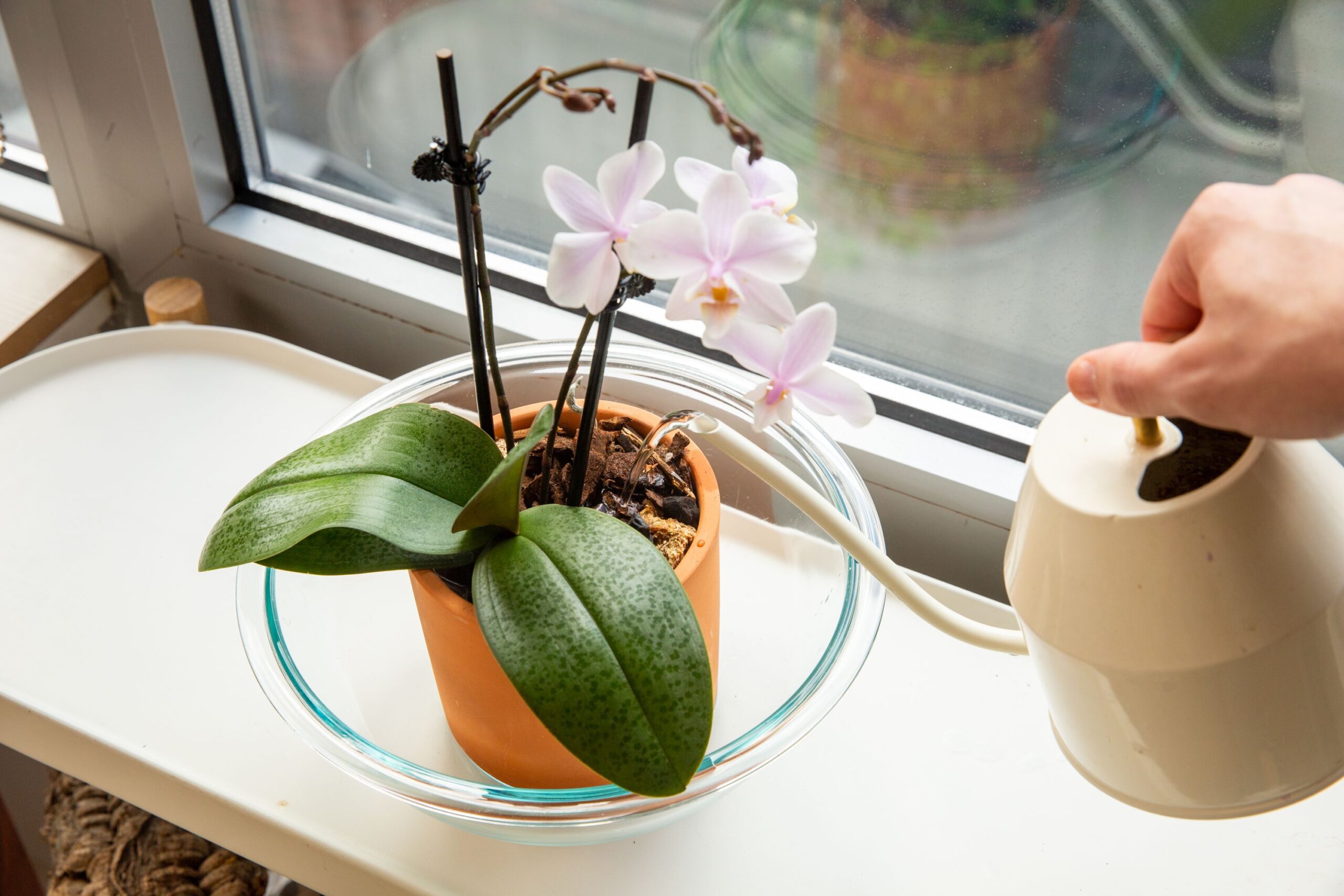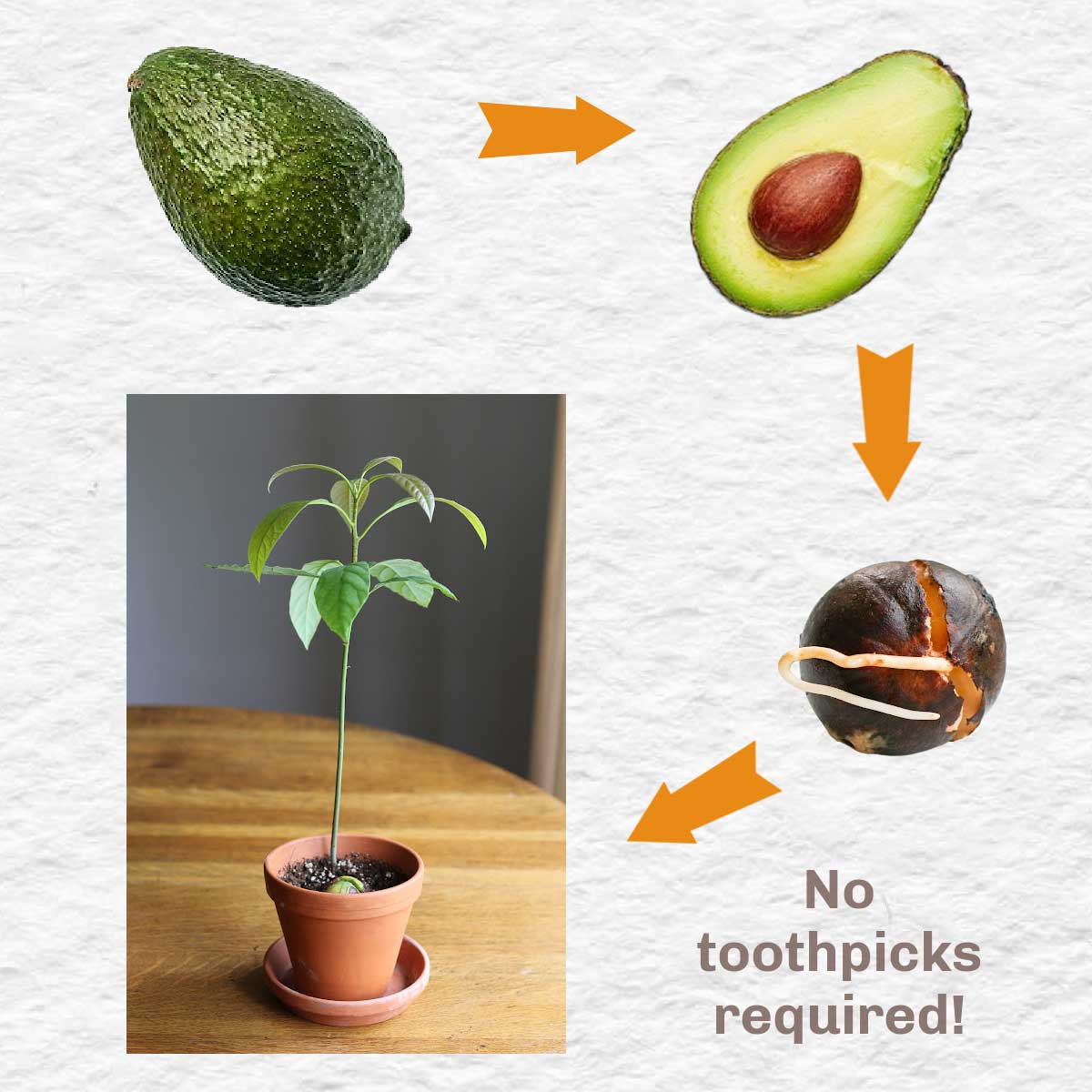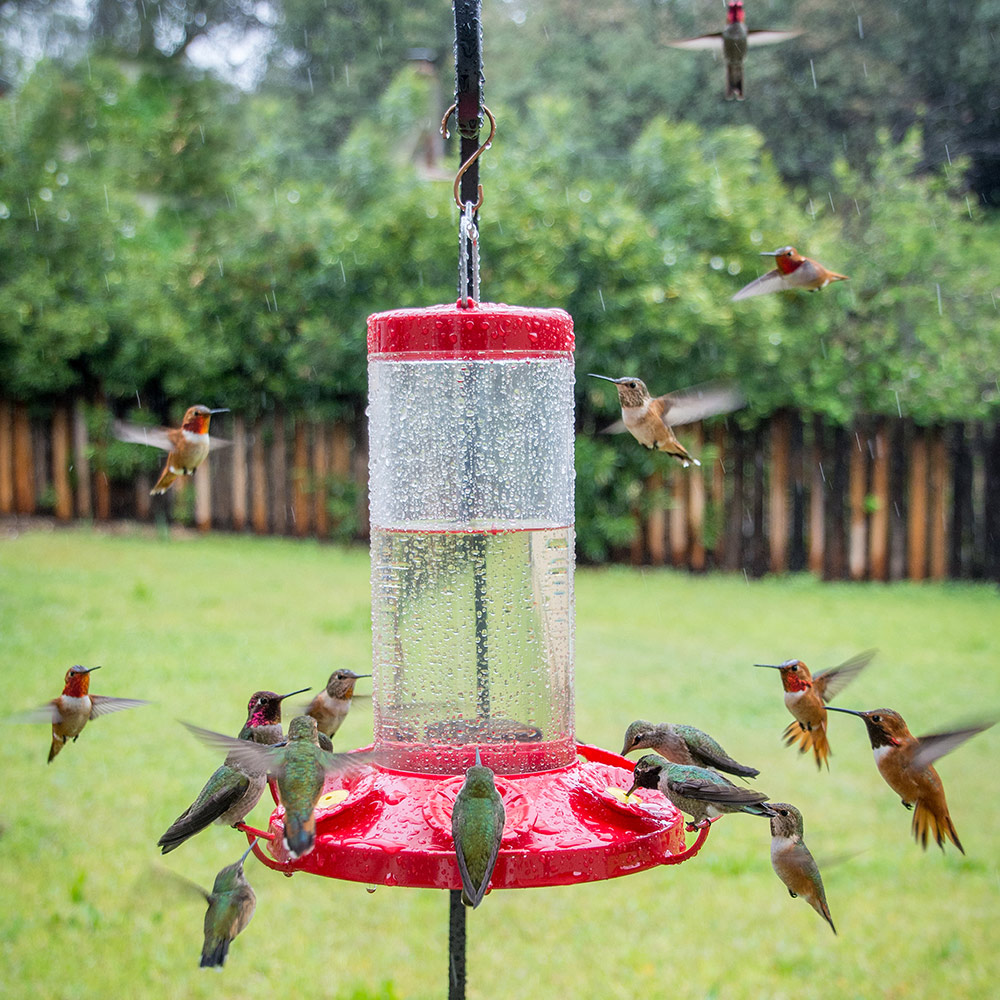How to Properly Water Orchids
Orchids are delicate flowers that require special care, especially when it comes to watering. Watering orchids may seem like a simple task, but there is a fine line between overwatering and underwatering that can mean the difference between a thriving orchid plant and one that is struggling to survive. In this article, we will discuss the best practices for watering orchids to ensure that your orchid stays healthy and vibrant.
Understanding Orchids and Their Watering Needs
Orchids are unique plants that have different watering needs compared to other houseplants. Most orchids are epiphytes, which means they grow on trees in their natural habitat and have adapted to receive moisture and nutrients from the air and rain. Overwatering can lead to root rot and other issues, while underwatering can cause the orchid to become dehydrated and wilt. It is important to understand your orchid’s specific species and their watering requirements to ensure they thrive.
When to Water Orchids
Knowing when to water your orchid is crucial to its overall health. The best way to determine when to water your orchid is to check the moisture level of the growing medium. Stick your finger about an inch into the soil – if it feels dry, it’s time to water. Additionally, you can look at the color of the roots – bright green roots indicate that the orchid is well-hydrated, while gray or silver roots indicate the orchid needs water.
How to Water Orchids
When it comes to watering orchids, it’s important to water thoroughly but infrequently. Use room temperature water and pour it evenly over the orchid’s roots until it drains out of the bottom of the pot. Avoid getting water on the leaves or flowers, as this can lead to rot and disease. Allow the potting mix to dry out slightly between waterings to prevent overwatering.
Watering Methods for Orchids
There are several different methods for watering orchids, including:
- Top watering: Pouring water directly onto the growing medium until it drains out of the bottom of the pot.
- Bottom watering: Allowing the orchid to soak up water from a dish or tray placed underneath the pot.
- Misting: Spraying a fine mist of water onto the orchid’s roots or leaves.
Experiment with different watering methods to see which works best for your orchid and its specific species. Some orchids prefer to be watered from above, while others thrive with bottom watering. Pay attention to the plant’s response and adjust your watering routine accordingly.
Additional Watering Tips
Here are a few additional tips to help you water your orchid properly:
- Use a pot with drainage holes: Proper drainage is essential to prevent water from pooling at the bottom of the pot and causing root rot.
- Avoid overwatering: Orchids are susceptible to root rot, so it’s crucial to allow the potting mix to dry out between waterings.
- Use lukewarm water: Cold water can shock the roots, so it’s best to use room temperature water when watering orchids.
By following these tips and best practices, you can ensure that your orchid receives the proper amount of water and stays healthy and vibrant. Remember that every orchid is unique, so it may take some trial and error to find the perfect watering routine for your plant. With a little patience and care, your orchid will reward you with beautiful blooms and lush foliage.



